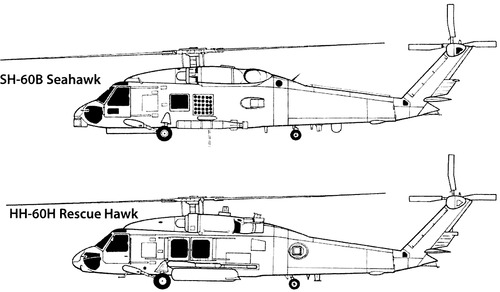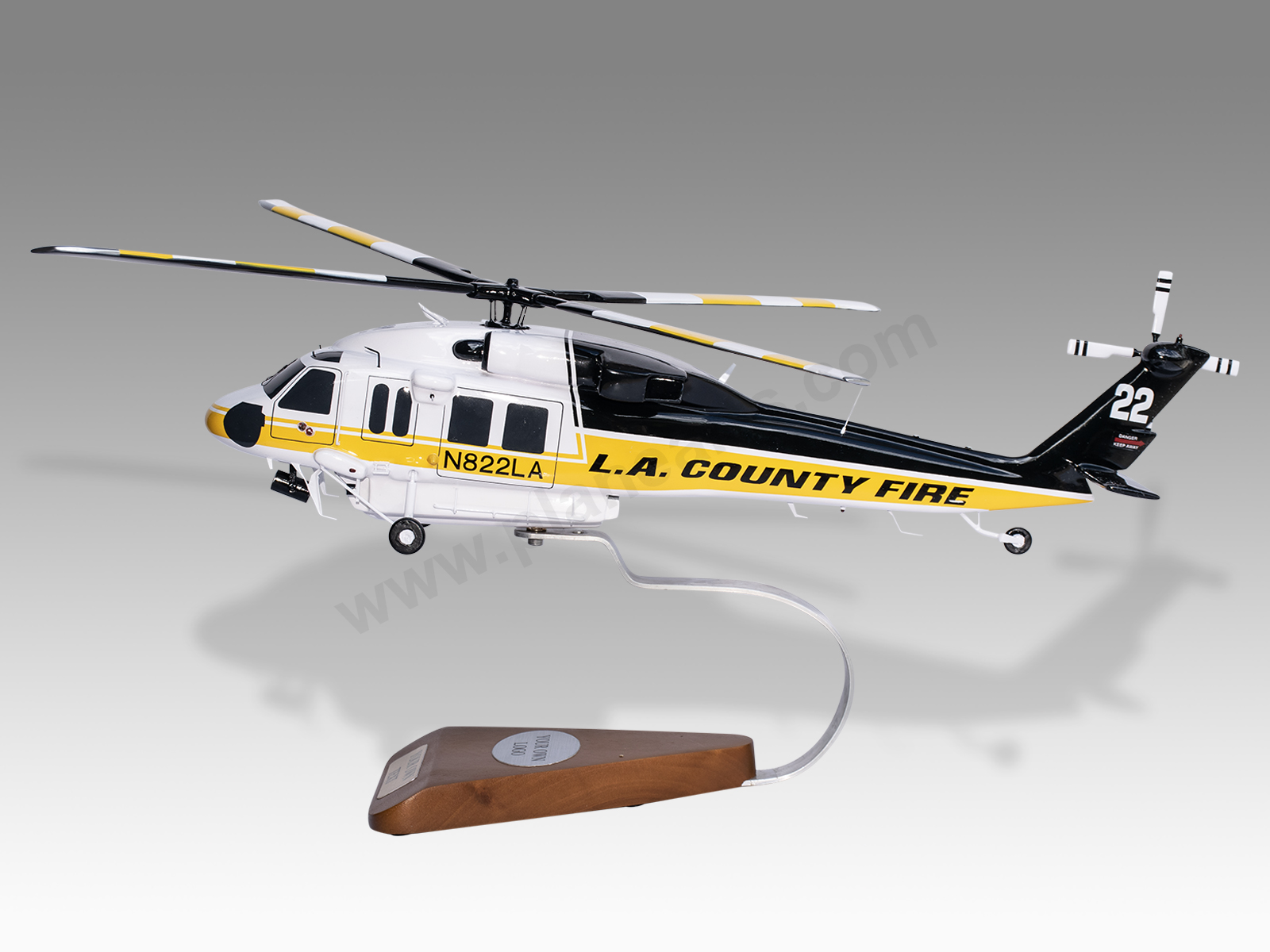High-Performance Multi-Role Rotorcraft Featuring Advanced Cabin Technologies and Integrated Sensor Systems
The realm of rotorcraft technology has seen remarkable improvements in current times, particularly in the world of high-performance multi-role rotorcraft geared up with sophisticated cabin innovations and seamlessly incorporated sensor systems. These innovations have not just enhanced the operational capacities of rotorcraft however have additionally significantly impacted modern-day air travel operations on numerous fronts. From improved objective flexibility to enhanced operational performance, the convergence of innovative cockpit technologies and incorporated sensing unit systems has introduced a new period of opportunities for rotorcraft applications. In the complying with discussion, we will check out the evolution of rotorcraft technology, dive into the world of advanced cabin developments, and examine the implications of incorporated sensing unit systems on the functional convenience and performance of modern-day rotorcraft.
Evolution of Rotorcraft Technology
The development of rotorcraft technology has been marked by substantial developments in aerodynamics, products, and propulsion systems, forming the capabilities and efficiency of contemporary rotorcraft. Wind resistant renovations have improved the effectiveness and ability to move of rotorcraft, enabling boosted speed, dexterity, and security throughout trip (sikorsky s 70). Advancements in materials, such as using composite products and advanced alloys, have brought about lighter yet stronger rotorcraft frameworks, improving general performance and toughness. Furthermore, innovations in propulsion systems, consisting of a lot more powerful engines and cutting-edge propulsion innovations, have allowed rotorcraft to achieve greater altitudes, faster rates, and better payloads.
These innovations have not only transformed the abilities of rotorcraft but have actually likewise broadened their applications throughout different sectors, including military, industrial, and emergency situation solutions. The constant advancement of rotorcraft modern technology remains to drive technology in the area, pressing the boundaries of what is possible and forming the future of upright trip.
Advanced Cabin Innovations
Building upon the fundamental improvements in the rules of aerodynamics, materials, and propulsion systems, the world of rotorcraft technology now moves emphasis in the direction of introducing Advanced Cabin Innovations. The combination of cutting-edge technologies within the cabin environment plays an essential function in boosting the operational capacities, safety and security, and performance of modern rotorcraft. sikorsky s 70. Advanced Cabin Innovations incorporate a large range of features developed to offer pilots with boosted situational awareness, streamlined data administration, and instinctive control user interfaces
One of the vital developments in cabin layout is the implementation of glass cockpits, which change traditional analog gauges with high-resolution screens. These digital systems provide customizable formats, real-time information integration, and improved readability, making it possible for pilots to gain access to essential info at a glance. Advanced avionics systems, such as fly-by-wire controls and increased reality display screens, are revolutionizing just how pilots interact with the aircraft, enabling for exact control and enhanced decision-making capabilities.


Integrating advanced cabin developments not only enhances pilot efficiency but additionally adds to total mission effectiveness and safety and security in intricate operational environments. By leveraging advanced technologies within the cabin, rotorcraft manufacturers are setting new criteria for operational excellence and goal success.
Integrated Sensing Unit Equipments
With the development of rotorcraft modern technology, the assimilation of sophisticated Integrated Sensor Equipment has become vital in boosting operational effectiveness and safety. These Integrated Sensor Equipments include a broad range of modern technologies that supply vital data for numerous functions such as navigating, surveillance, targeting, and environmental tracking. By effortlessly incorporating sensors like radars, cams, lidar, and infrared systems into rotorcraft, drivers can take advantage of boosted situational recognition, boosted mission abilities, and minimized pilot work.
One key advantage of Integrated Sensor Solutions is their capability to gather real-time information and offer actionable insights to pilots and mission drivers. Advanced radar systems can identify and track targets over long distances, enabling for early threat discovery and efficient feedback planning. In addition, integrating electro-optical and infrared video cameras allows rotorcraft to perform reconnaissance and surveillance objectives with accuracy and accuracy.
Basically, the integration of advanced sensor technologies into rotorcraft not only boosts functional efficiency however likewise adds considerably to overall mission success and crew safety and security. As rotorcraft proceed to progress, the function of Integrated Sensor Equipment will most certainly remain at the center of technology in the aerospace sector.
Operational Convenience and Effectiveness
Enhancing use this link functional flexibility and performance in rotorcraft is an all-natural progression from the combination of advanced Integrated Sensing unit Equipments. By leveraging the insights and information supplied by these innovative sensing unit systems, rotorcraft can maximize their efficiency across different goals and environments.
Operational versatility incorporates the capacity of rotorcraft to adjust to various duties and circumstances successfully. With innovative cockpit technologies and integrated sensing unit systems, rotorcraft can perfectly transition in between tasks such as search and rescue, medical emptying, surveillance, and more. This flexibility boosts the rotorcraft's capability to meet diverse functional demands without requiring comprehensive index reconfiguration.
Effectiveness in rotorcraft operations is essential for taking full advantage of mission performance and resource utilization. Integrated sensing unit systems play a pivotal role in boosting operational efficiency by offering real-time information on weather, terrain mapping, target monitoring, and extra. This data allows pilots to make enlightened decisions promptly, optimize trip courses, preserve gas, and boost total goal performance.
Impact on Modern Aeronautics Operations

Furthermore, the combination of advanced sensing units promotes boosted mission planning and execution, enabling rotorcraft to do a wide variety of jobs with enhanced precision. From search and rescue operations to aerial firefighting and law enforcement objectives, the abilities of modern-day rotorcraft geared up with innovative cabin innovations and incorporated sensor systems are exceptional.
In addition, the influence of these improvements extends past functional efficiency to cost-effectiveness and sustainability. By maximizing trip routes, gas intake, and upkeep schedules, high-performance rotorcraft furnished with advanced cockpit technologies and sensing units contribute to lowering operational expenses and environmental effect, making them crucial possessions in modern-day aeronautics operations.
Conclusion
In final thought, the high-performance multi-role rotorcraft with innovative cockpit innovations and integrated sensor systems represents a significant advancement in aviation technology. These developments enhance functional flexibility and efficiency, ultimately affecting contemporary aviation procedures in a favorable method. The integration of these advanced technologies enables improved capacities and performance in various objective situations, showcasing the continued innovation of rotorcraft technology in the aviation market.
The realm of rotorcraft technology has actually seen noteworthy improvements in current times, especially in the world of high-performance multi-role rotorcraft geared up with cutting-edge cockpit innovations and effortlessly incorporated sensing unit systems. From improved goal adaptability to improved functional performance, the merging of innovative cockpit innovations and click to read incorporated sensing unit systems has actually ushered in a new age of possibilities for rotorcraft applications. In the adhering to discussion, we will explore the development of rotorcraft modern technology, dig right into the world of innovative cabin advancements, and analyze the implications of integrated sensor systems on the operational flexibility and performance of modern-day rotorcraft.
